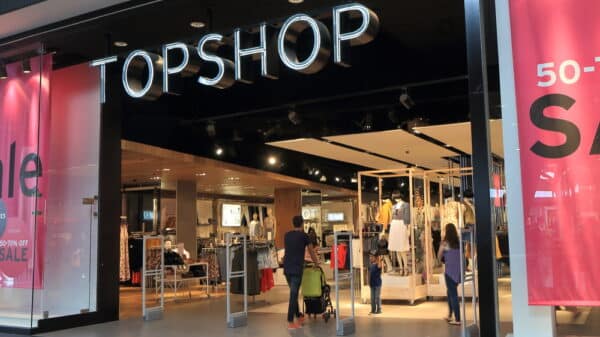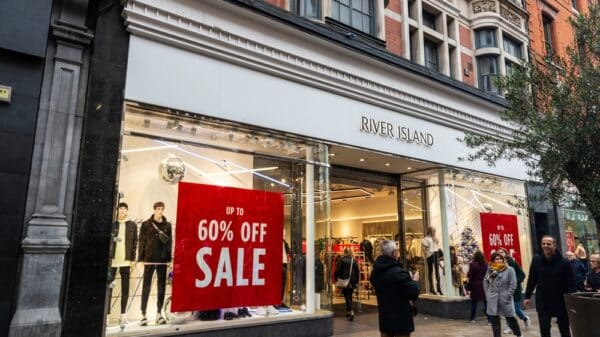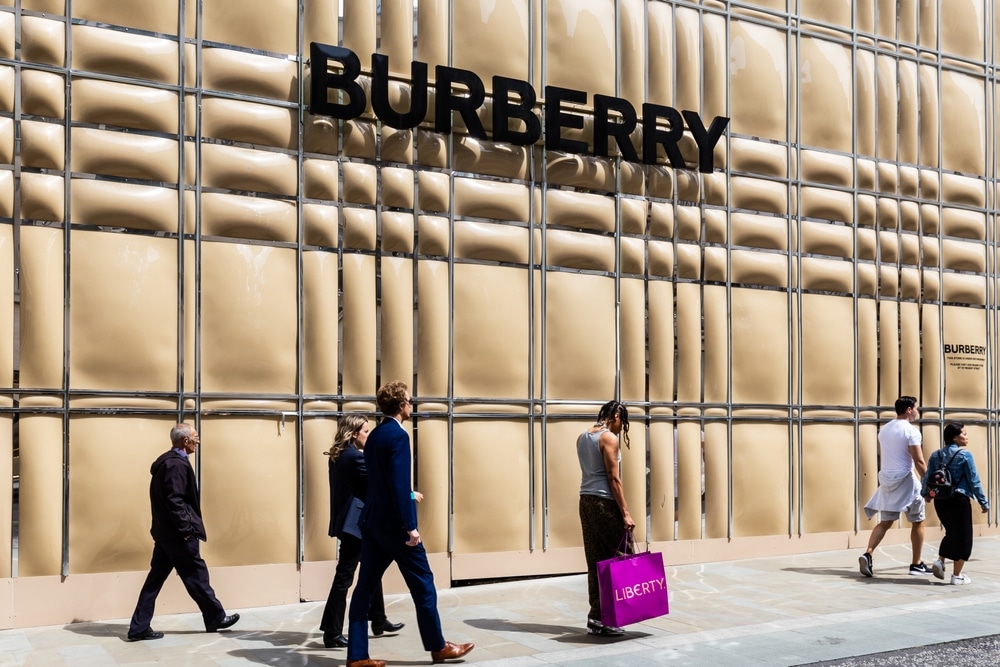Burberry is beginning to navigate its way out of a sales slump, sharing insights that suggest the brand is off to a promising start with its turnaround strategy. In the latest quarterly results, the luxury label announced a 6% drop in retail revenue, bringing it to £433 million for the 13 weeks ending June 28. While that number still reflects a decline, it’s a significant improvement compared to a staggering 21% drop during the same period last year.
What’s encouraging is that Burberry saw a lift in its comparable store sales in regions like the Americas and Europe, the Middle East, India, and Africa (EMEIA), registering a 4% and 1% increase respectively. This uptick has helped soften the blow from Greater China and Asia Pacific, where sales fell by 5% and 4%. This change signals a shift in customer dynamics, showcasing that even in the face of adversity, Burberry is finding ways to attract new clientele.
The driving forces behind this initial rebound appear to be an increase in brand allure, excellent performance in outerwear and scarves, and improved customer conversion rates. These elements may sound typical in the retail world, but for Burberry, they represent a revival of its iconic status, something the brand has worked hard to regain.
The company has ambitious plans moving forward, projecting £80 million in annual savings for this financial year alone. Joshua Schulman, Burberry’s CEO, expressed confidence during this transition: “Over the past year, we have moved from stabilizing the business to driving Burberry Forward with confidence.” He highlighted the encouraging metrics from the first-quarter sales, stronger performance in core categories, and rising brand desirability.
“We’re excited about our Autumn 2025 collection and are seeing positive responses from a broad spectrum of luxury customers as it hits the shelves,” he added. But it’s important to note that the road ahead won’t be without challenges. Despite these early wins, Burberry acknowledges that its transformation is still in its infancy.
The brand’s journey comes on the heels of a staggering operational loss of £3 million in the previous fiscal year, which is a steep decline from the £418 million profit reported just a year ago. Total sales dipped 17% to £2.5 billion, further emphasizing the uphill battle Burberry faces. As part of its cost-cutting efforts to accelerate its turnaround, the company is set to reduce its workforce by 1,700 positions by 2027.
For those of us closely following the luxury fashion landscape, these developments are telling. They reflect not only Burberry’s struggle but also its resilience. In a world where consumer preferences fluctuate rapidly, where economic pressures loom large, it’s reassuring to see that a storied brand like Burberry is striving to reclaim its past glory while fostering fresh and meaningful connections with its customers.
Image Source: Dave Jacobs / Shutterstock































